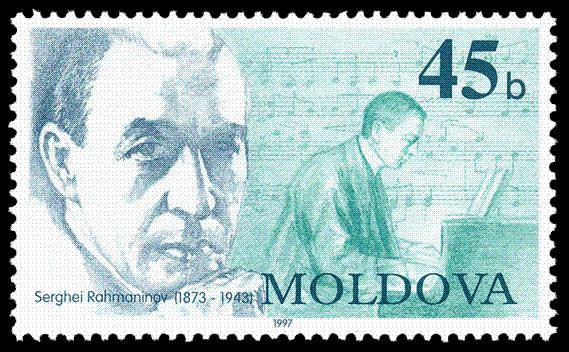Although titled a “Rhapsody”, this work is actually a set of variations for solo piano and orchestra. It is based on a theme composed by Niccolò Paganini, the great 19th-century Italian violin virtuoso, in his 24th Caprice for solo violin. The Rhapsody on a Theme of Paganini consists of 24 separate, highly diverse variations, each based on Paganini’s original theme, with close collaboration between the soloist and orchestra. For the solo pianist, the Rhapsody is an extraordinary tour-de-force, with technical demands intermixed with delicate passagework, cadenzas and ultimate Romantic lyricism.
The work can be divided into several broad sections: an opening fast section (Introduction and Variations I-V); a more free-form “rhapsodic” section (Variations VI-XI); a minuet and scherzando section (Variations XII-XV); a slow section, including the emotional heart of the work (Variations XVI-XVIII); and a rousing finale (Variations XIX-XXIV).
Unconventionally, it does not open with the theme itself, but with a bare harmonic skeleton; the theme itself appears in Variation II, appropriately introduced by the violins. In Variation VII, Rachmaninoff introduces a notable counter-theme based on the Dies Irae, a medieval Latin hymn referring to Judgment Day, and a tune with which Rachmaninoff had a life-long fascination. Probably the best known part of the Rhapsody is Variation XVIII, with its lush romantic theme played first by the solo pianist, and taken up in turn by the orchestra. The last section of the Rhapsody is a driving accelerando and ends, after a forceful reprise of the Dies Irae, with a witty pianistic flourish.
Rhapsody on a Theme of Paganini
Composed in 1934
By Sergei Rachmaninoff






